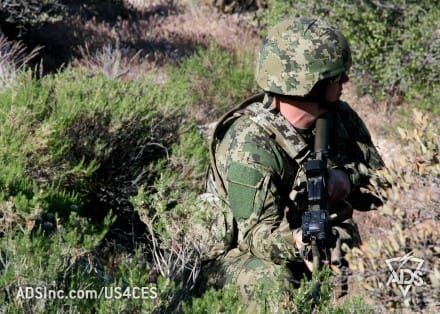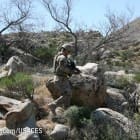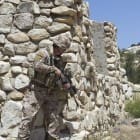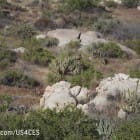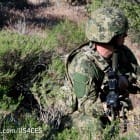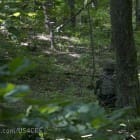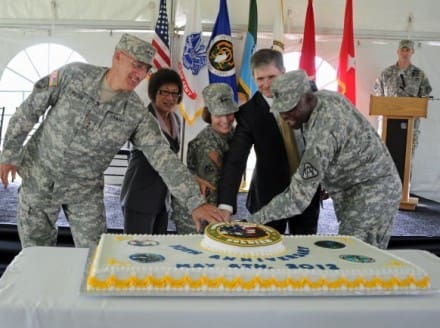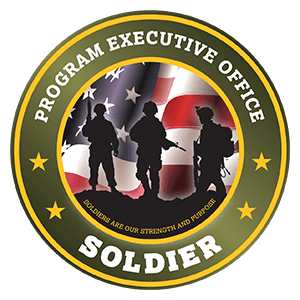Despite anything you might have read elsewhere, the US Army has not abandoned their Camouflage Improvement Effort. If you haven’t heard of this before, then do a search for the term ‘effort’ here on SSD and catch up.
Here is the latest update from PEO Soldier –
As part of the ongoing effort to improve Soldiers uniforms, the Army continues to research new camouflage patterns to be printed on the existing Army Combat Uniform (ACU) design.
The ACU was presented to Senior Army leadership in December 2003 for potential Army fielding. The ACU was developed based on many months of research and development. It decreased the out-of-pocket cost burden on our younger Soldiers by replacing the three types of Battle Dress Uniforms with a one-weight, wash-and-wear uniform with improved functionality and ergonomics.
In 2009, the Secretary of the Army approved a four-phase approach to provide uniforms for personnel deployed to Afghanistan with a camouflage pattern suited to the Afghanistan environment and to evaluate an Army long-term uniform camouflage plan. Phases I-III were focused on improving Army uniform camouflage in Afghanistan. These phases are complete and culminated with the fielding of the Operation Enduring Freedom (OEF) Camouflage Pattern to Soldiers in and deploying to Afghanistan.
The Phase IV Camouflage Effort seeks to select a family of three patterns comprising the woodland, arid, and transitional environments, which will allow the Army to operate in different terrains and conditions around the globe. The Phase IV patterns are undergoing field trials and the data from those trials will be taken to Army senior leadership for review. This will be followed by a cost-benefit analysis to determine if the Army will adopt a new camouflage pattern. The Army understands the financial constraints on the DoD and the nation, and we are committed to conducting this research and making any future camouflage uniform changes in an affordable and fiscally responsible manner.
The cost of adopting a new family of camouflage patterns will depend on many factors, including how widely the new uniform pattern would be fielded and how fast it would be adopted. If a new camouflage pattern uniform is phased in to replace existing uniforms as they are worn out, the program would either issue new uniforms to incoming soldiers or would replace older uniforms that would need replacement anyway. The uniform’s only change would be the camouflage pattern, with no changes to existing materials or design (i.e., fabric, pocket location, number of pockets, etc.).
Soldiers are our strength and purpose and deserve the best we can offer. The Army will enhance the survivability, safety, mobility, and sustainability of Soldiers by providing state-of-the-art, operationally effective individual clothing and equipment. The Army has applied the lessons learned during development, testing, and fielding of the UCP and OCP patterns to devise a better scientific testing program for evaluating camouflage.


